Trouble on the Lunatic Express
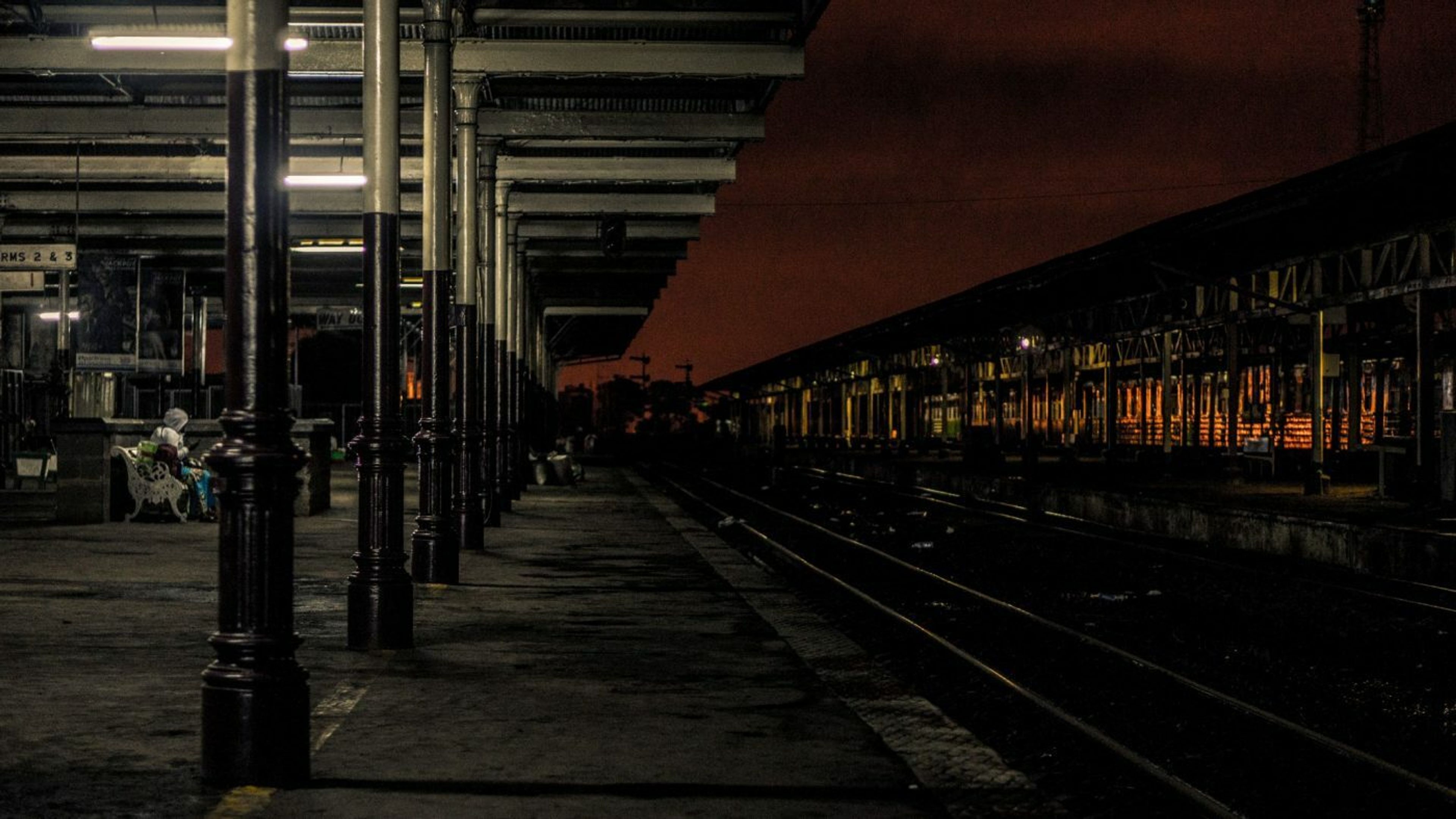
Today, De Correspondent (Netherlands), The Daily Reporter (Kenya), The Observer (Uganda) and MO (Belgium) have published an investigation into the Rift Valley Railway, the historic railroad connecting Kampala to the port of Mombasa. The investigation developed a project of Patrick Mayoyo, one of our members from Kenya and involved journalists from Belgium and the UK.
In this article our team reveals that the World Bank has opened an inquiry into potential embezzlement of public funds after international development institutions invested over $140m into the line. We travel from Nairobi to Mombassa to find out why RVR has gone off the rails.
By Patrick Mayoyo, Berber Verpoest and George Turner
By train, Nairobi to the Kenyan port of Mombasa is supposed to take 14 hours. But after a 27-hour ordeal of delays and interminable stops, our destination was still some way off.
Only 30km from Mombasa, a train ahead of us broke down resulting in yet another halt.
“Just keep calm,” urged a beleaguered train official. But the patience of passengers finally snapped. Travellers wearily reached for mobile phones and arranged to share taxis to reach their final destination.
For decades one of Africa’s most important rail lines – the historic Rift Valley Railway – suffered neglect and underinvestment.
But it was not supposed to be like this any more. Not after Qalaa Holdings, one of Africa’s biggest private equity funds, raised over $287 million in 2011 to put the 2,352km railway connecting Kenya and Uganda back on track.
Five years later all there is still trouble on the tracks. Despite what Qalaa claimed was a massive cash injection – half from international development banks – service is still unreliable. What’s more, freight traffic – the main money maker for the railway – is still below 2011 levels.
So how is it that after hundreds of millions of dollars worth of investment, Rift Valley Railways (RVR), the company that runs the line, is still disappointing passengers and a local business community who rely on it?
A cross-border investigation involving journalists from Kenya, Belgium and the UK, brought together by Finance Uncovered, a global reporting and training project – spent one year investigating the RVR.
We obtained leaked documents, interviewed rail and freight experts, financiers and travelled the line from Nairobi to the port of Mombasa.
We have discovered that the fabled RVR modernisation programme has not resulted in the purchase of new trains as claimed by the owners of the railway, Qalaa Holdings.
We have trawled accounts which show that Qalaa has created an offshore structure of shell companies which has extracted millions in advisory fees from RVR, despite the railway suffering losses in recent years.
And now we can reveal the World Bank’s integrity unit has opened an investigation into allegations of fraud and embezzlement at RVR, and that suppliers have been asked questions by investigators.
If that’s not enough, a Chinese-backed rail line running parallel to the RVR is set to open. The Chinese line will be quicker and more efficient. The odds are it will hoover up customers from RVR potentially preventing the line from paying back a collection of international financial institutions.
So has the Lunatic Express gone off the rails?
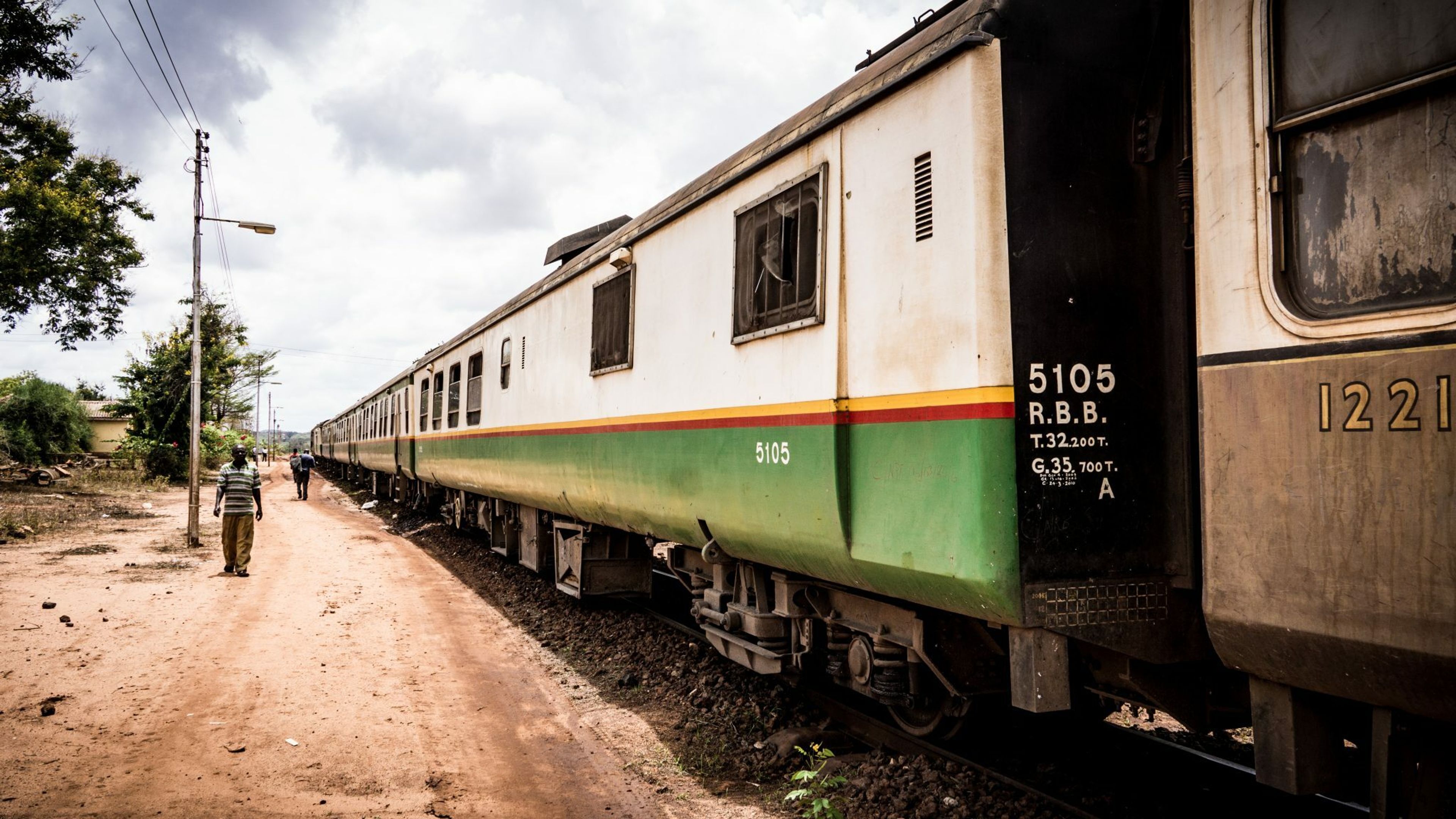
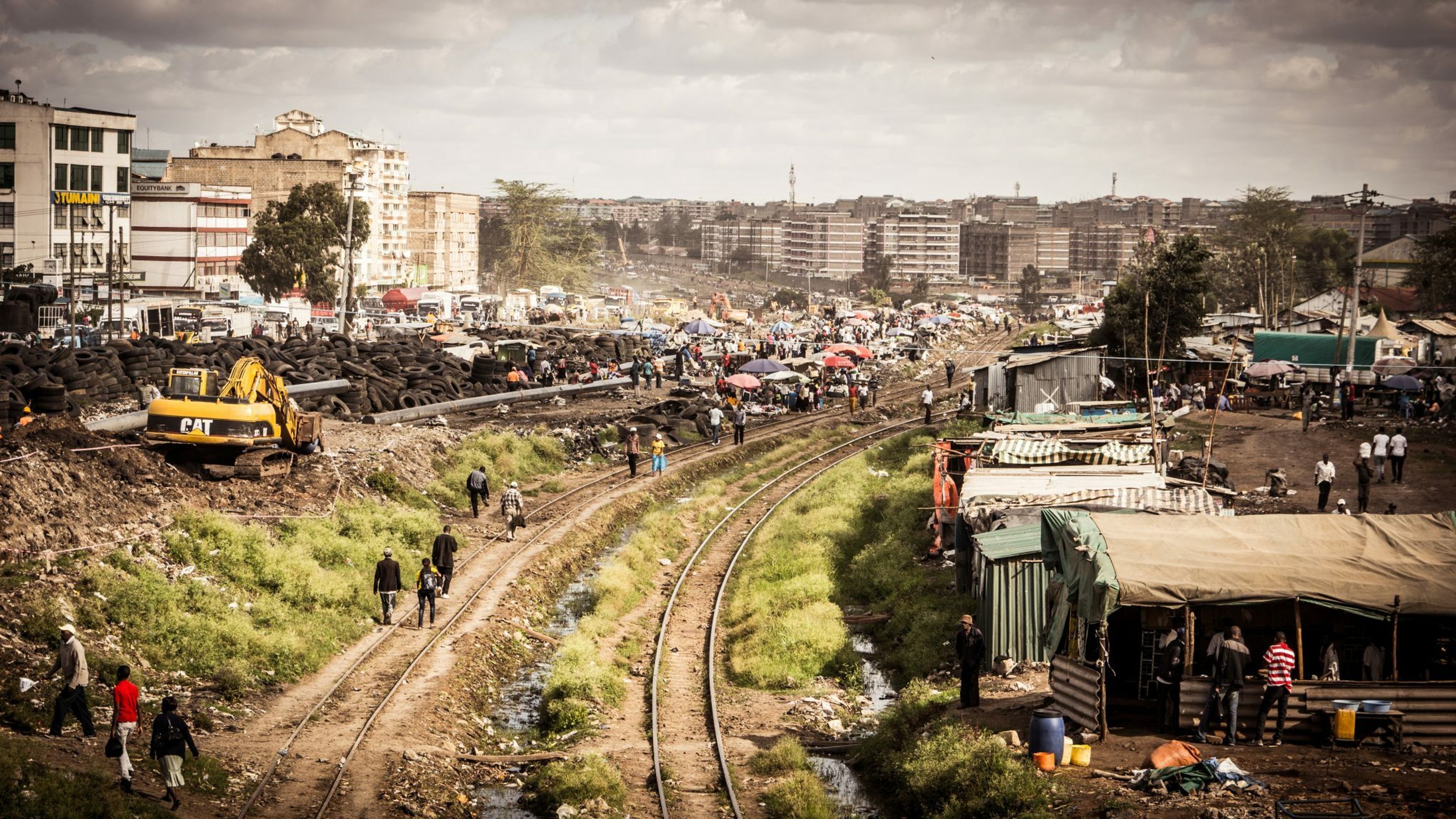
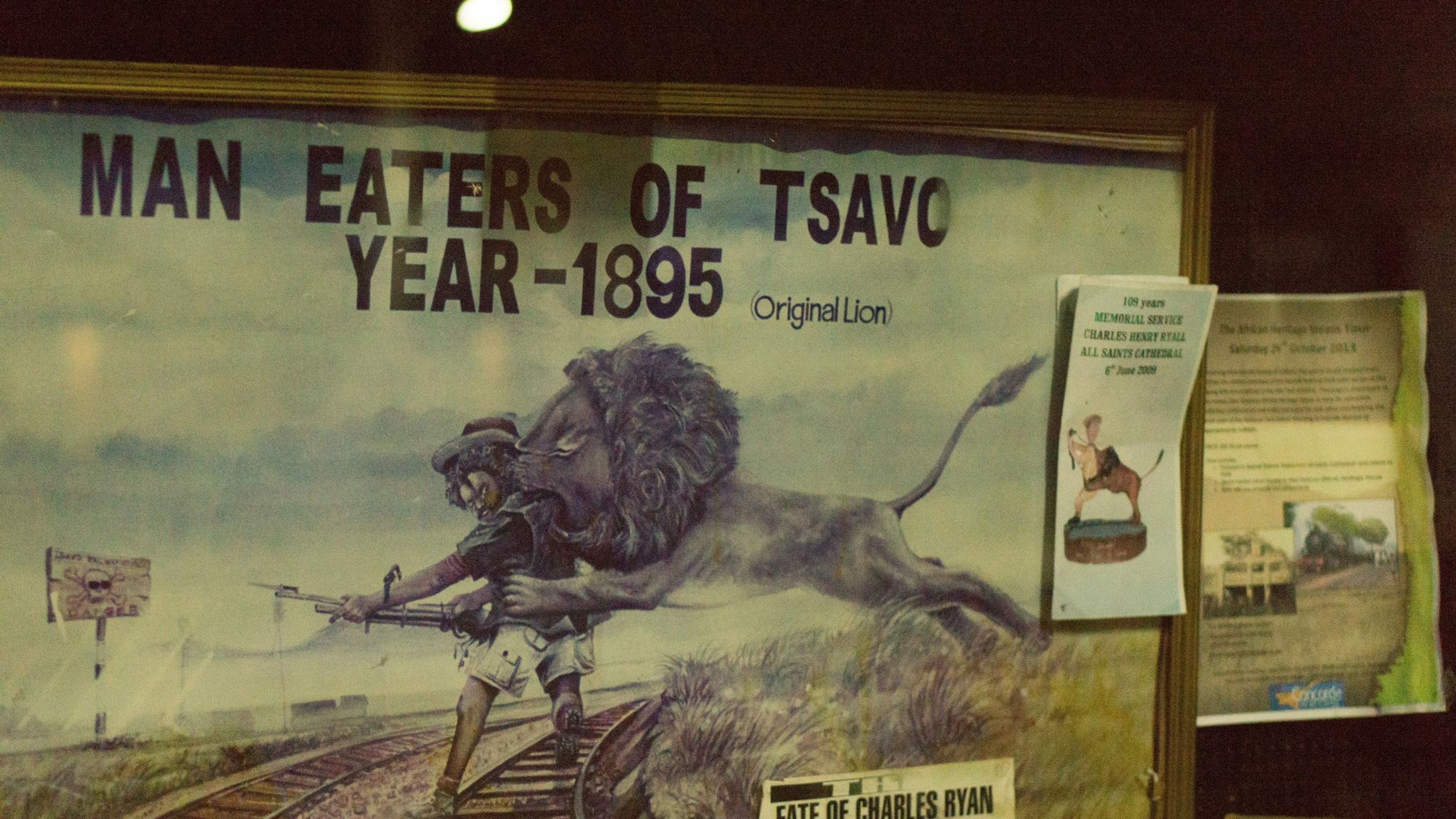
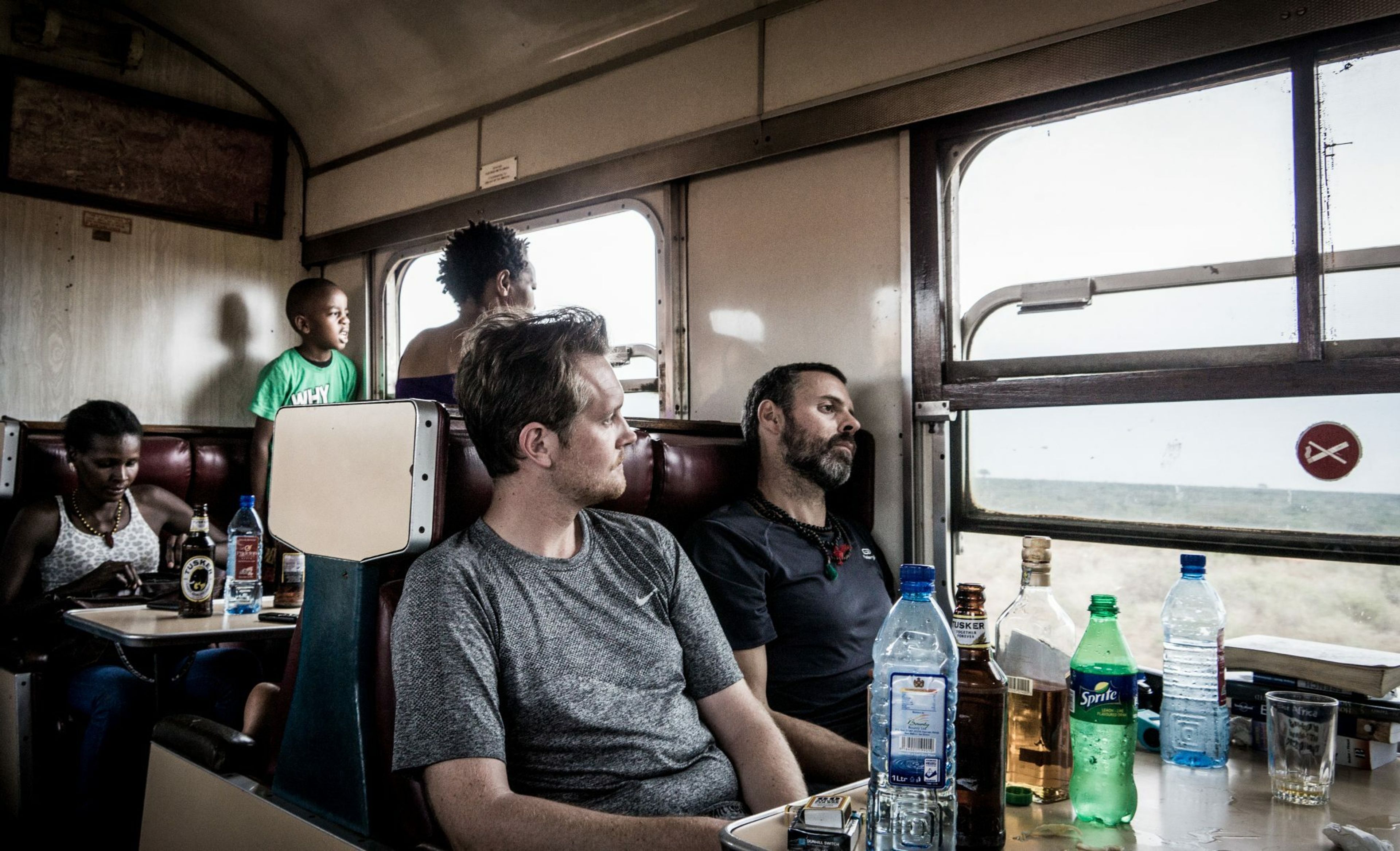
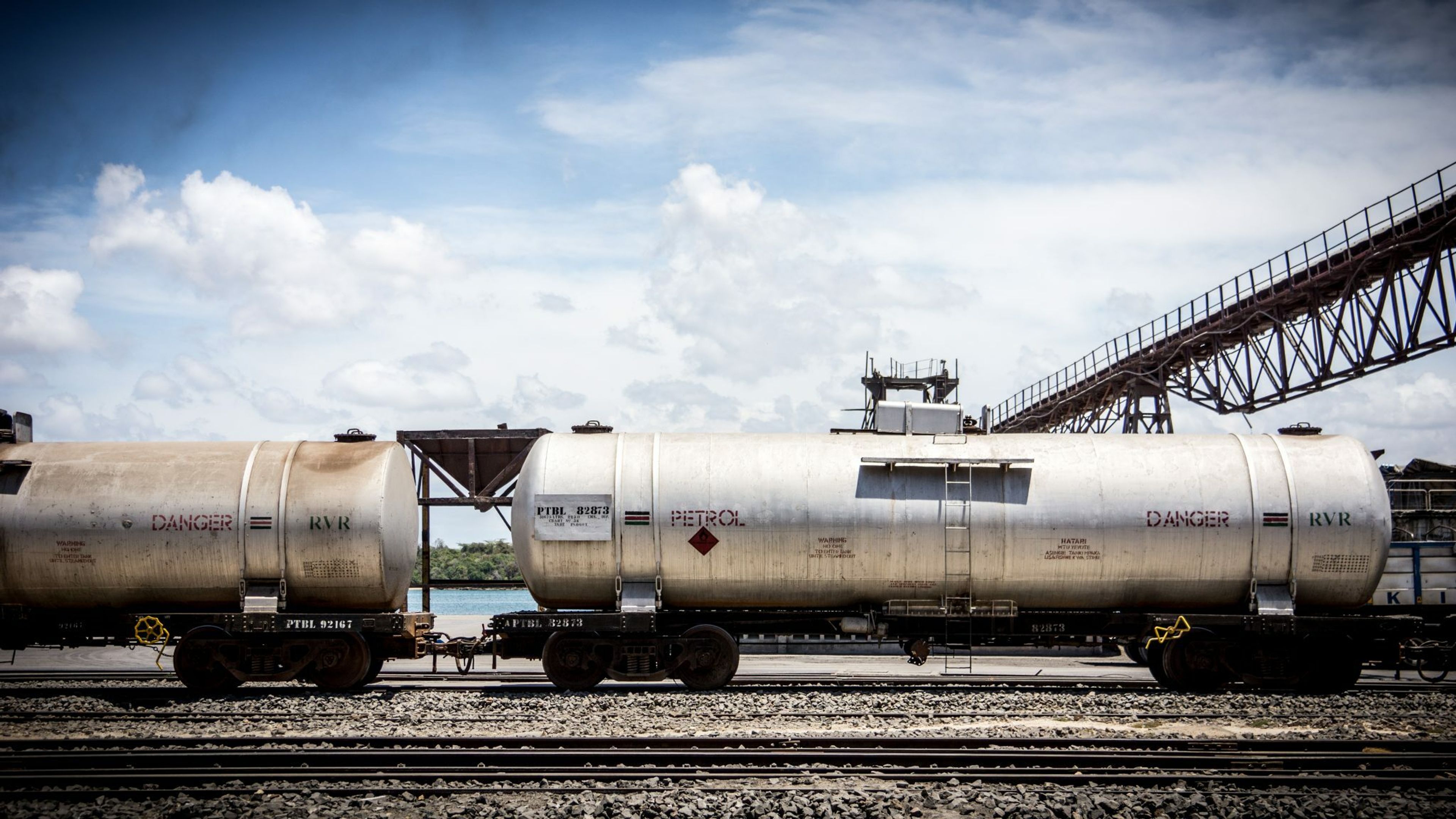
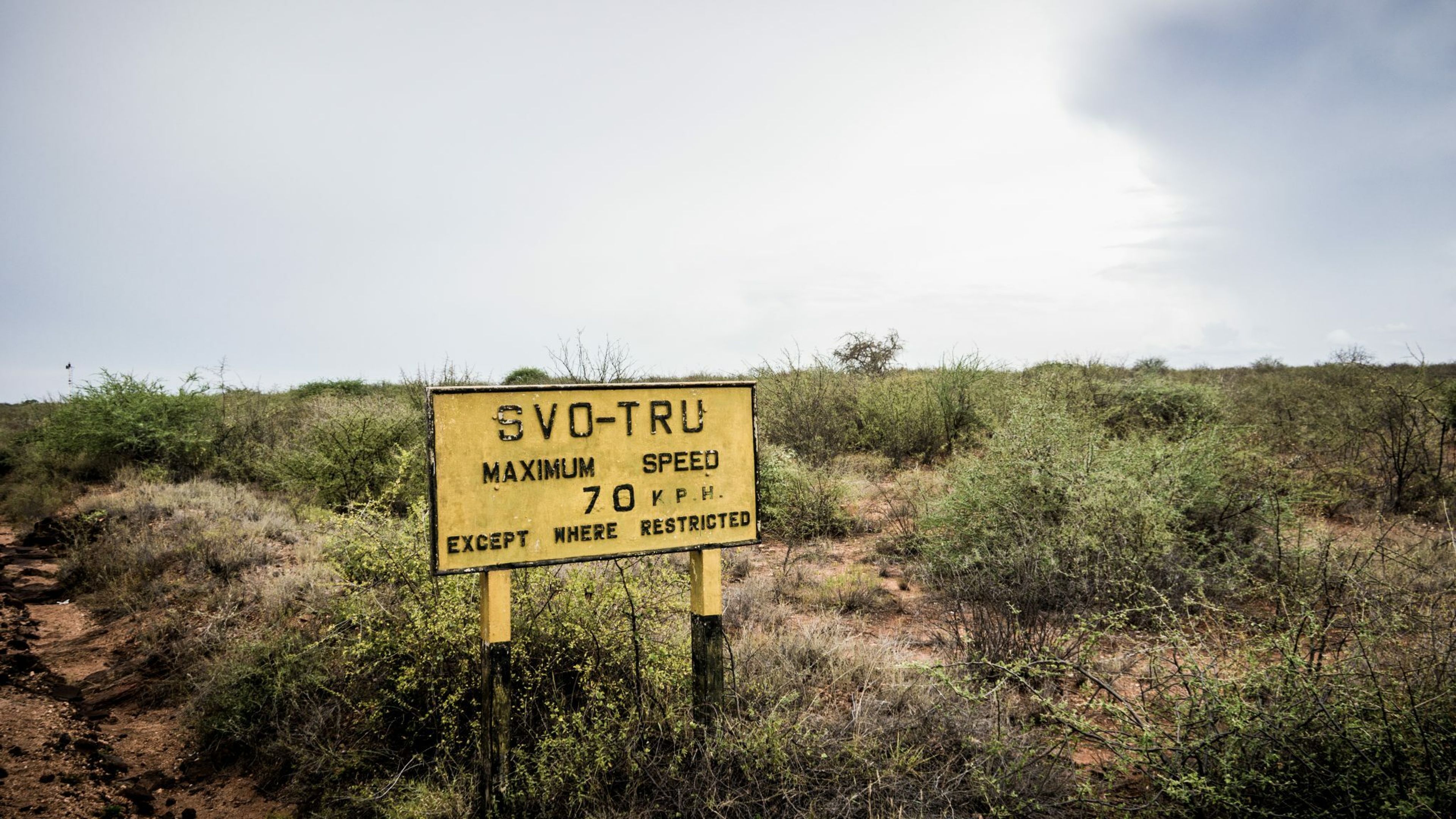
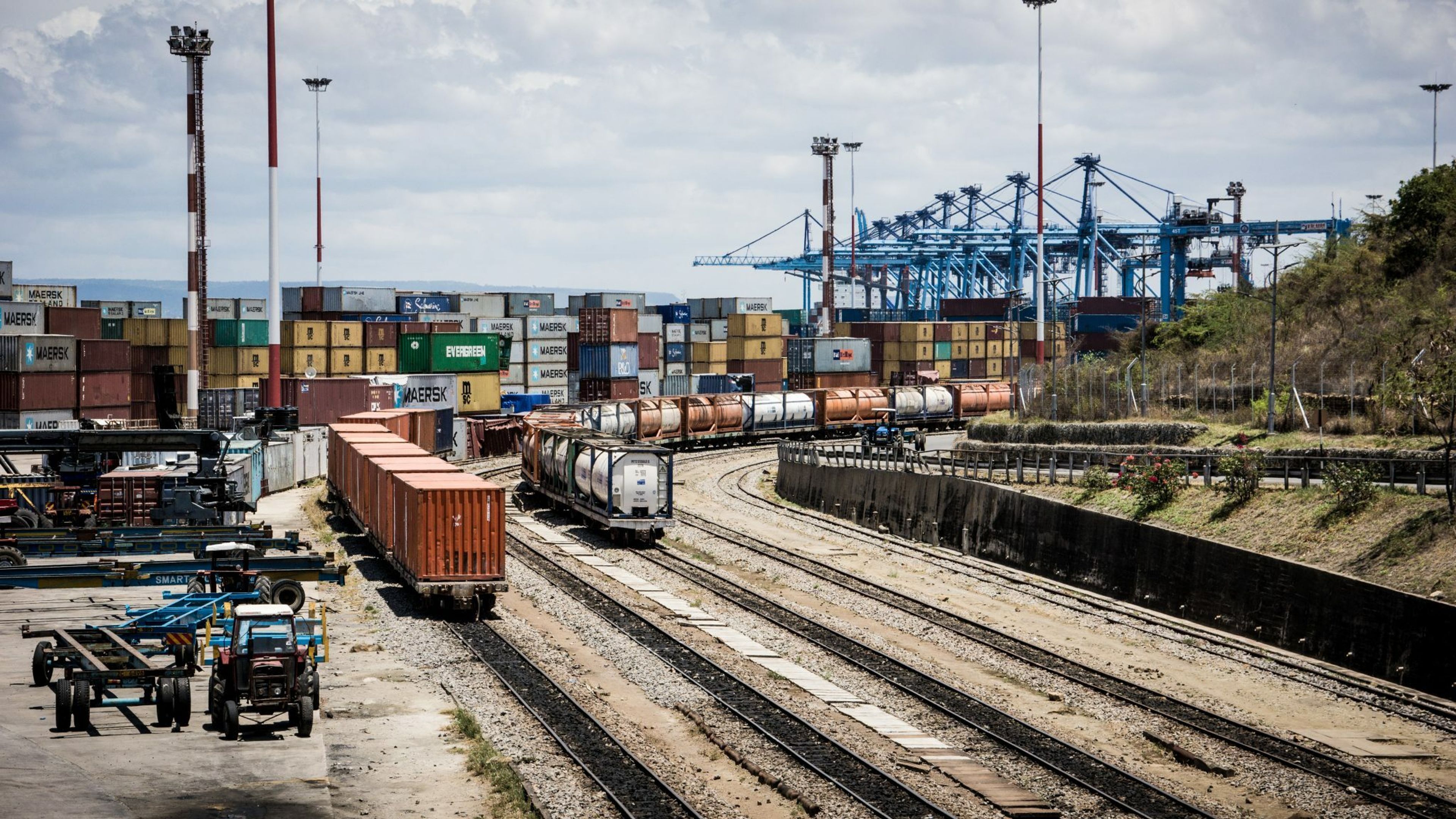
The railroad that built a nation
The RVR is one of the world’s historic railroads. It is why the city of Nairobi exists. The British started its construction in 1896 connecting Lake Victoria to the port of Mombasa. Originally it was called the Uganda railway and the reason for building it was to help secure the lake from the threat of German, Belgian and French expansion on the continent – reflected the European colonialists’ “Scramble for Africa”. It would later become known as the ‘Lunatic Express’ after thousands died and millions were spent on its construction.
In 1899 the railroad built a depot on a swamp 326 miles from the port at a place the locals called Nairobi. The town that grew up around it became the capital of Kenya. Even today RVR is known as the railroad that built a nation.
Ten years ago, after decades of declining performance and underinvestment, the Kenyan and Ugandan governments launched a major effort to revive the railway through privatisation.
The concession was granted to the Rift Valley Railways (RVR) consortium, headed by the South African company, Sheldon Rail.
It was a disastrous arrangement. Sheldon, said experts, did not have the money to invest in the railway nor seemingly, the expertise to run it. Freight volumes plummeted and losses escalated. As a result, the consortium missed its investment targets and the infrastructure worsened.
Development finance
In 2010, after international investors threatened to pull out, the concession changed hands. Qalaa Holdings, an Egyptian private equity fund, took over the company through an offshore holding company, Ambiance Ventures.
A year later, Qalaa’s BVI holding company, Africa Railways, successfully raised $287m from international investors. The railway was to be reborn. Among the investors were several development banks including the IFC, the private sector arm of the World Bank ($22 million), IFC Debt Pool ($20m), the African Development Bank ($40 million), Germany’s KfW ($32m), the Dutch FMO ($20 million), and the Belgian BIO ($10m).
Investing development aid money in one of Africa’s biggest private equity firms worth $10 billion may seem odd. But it reflects a shift in global policy among aid donors who have increasingly looked to private finance to deliver economic development.
Between 2005 and 2014 loans and investments as a percentage of total overseas development assistance more than doubled. In absolute terms, it tripled.
The idea is that development aid goes to financially viable projects and western donors can also make a profit from their contributions. In times of austerity and shrinking budgets, this is a very attractive deal; at least, that’s the theory.
The Rift Valley Railway is a prime example. Rather than investing in the railway directly, DFIs have granted $144m in loans to companies controlled by Qalaa Holdings to invest on their behalf.
But there is a downside argues Jan Van de Poel, head of policy at 11.11.11, the umbrella organisation of Belgian development NGOs.
“Development banks often take minor participations in the projects they finance. Once the deal is done, the fund managers take over the investment decisions and the development banks lose control over how the money is invested.”
Ready for departure
Half an hour before the train is scheduled to depart for Mombasa, two of our investigative team sip a quick beer in Nairobi Central Station’s bar. As we begin to regret not having time to order a second, an announcement tells us we should not expect the train before 9pm – two hours after the scheduled departure time. A technical defect in the engine is the cause for the delay.
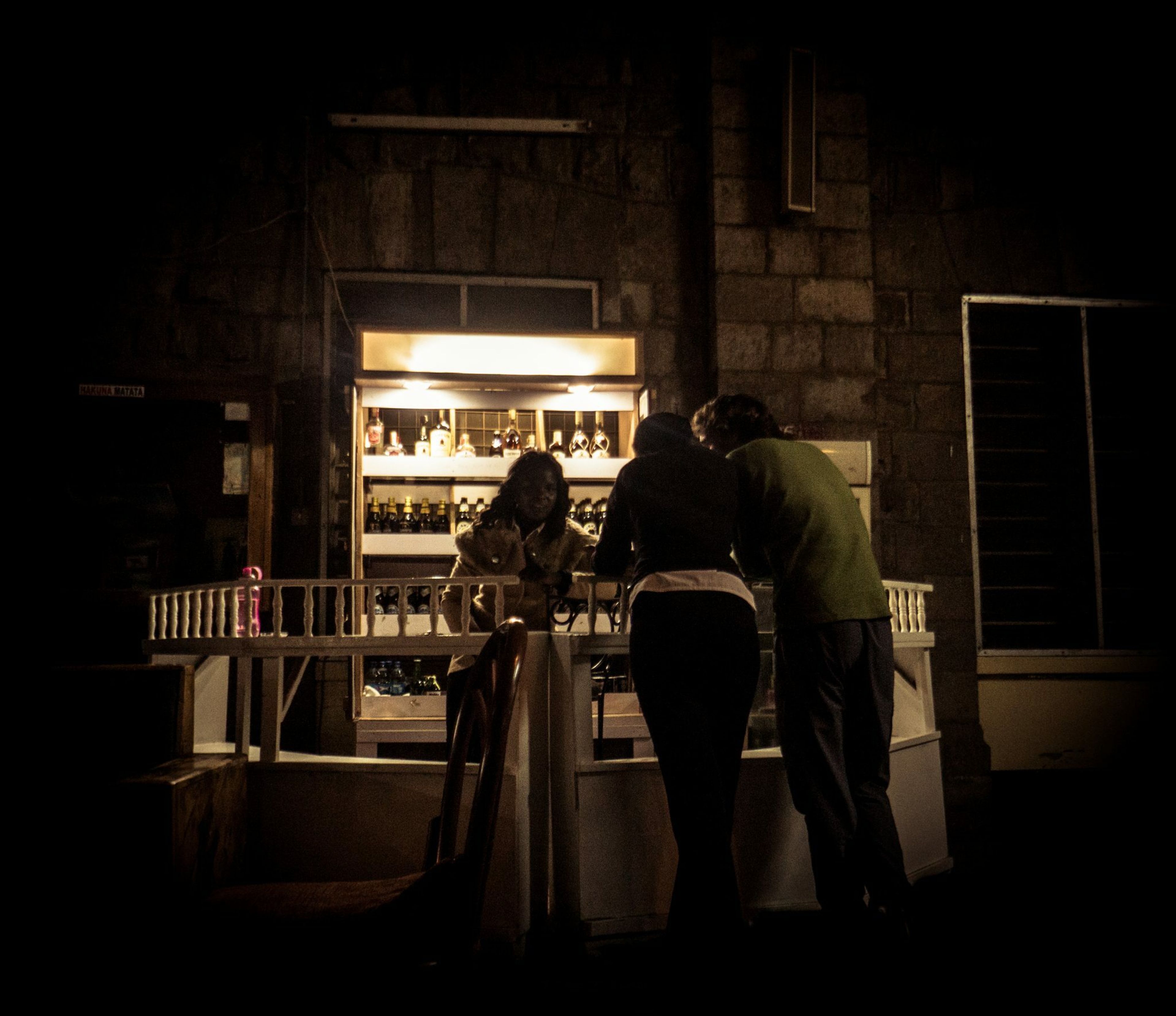
The bar at Nairobi Train Station
When the train station bar closes at 10pm, the place – a shrine to sixties interior design – emptied except for the station chief and 30 Mombasa-bound passengers. The station clock is stuck permanently at 2 o’clock. Surely the train will arrive before then? Sadly for us, 2am comes and goes.
Our journey starts at 2.40am when the train finally pulls out of the station – almost nine hours past its scheduled departure time. But the delays did not stop there. We waited several times due to technical failures or problems with a train ahead of us.
We even passed a derailed train. We’re told derailments are a weekly occurrence. Fortunately, the train can’t go too fast or large numbers of people living by the line could get killed. The RVR consists of a single track. Any delay or failure has an immediate effect on trains behind.
Old locomotives
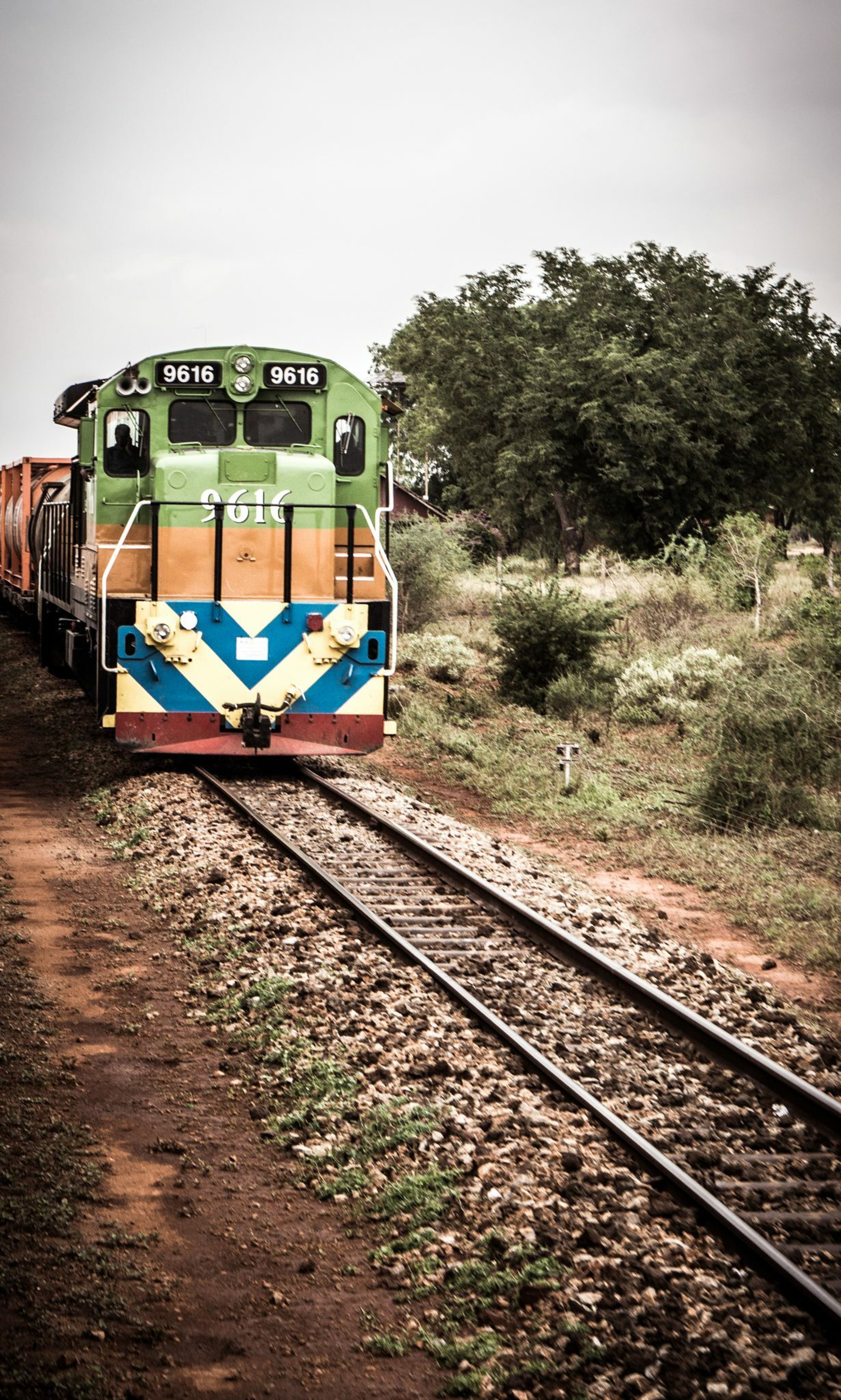
One of RVR’s ‘new’ trains in action
RVR claims it invests more than the $40m every year on maintenance and improving the railway. But documents leaked to the reporting team show that RVR may not always be buying the most up to date equipment.
One of the key investments of Qalaa holdings has been the arrival of “new” locomotives. In the capital expenditure plan that was presented to investors, $63m was allocated for the purchase of “new locomotives”. In its 2013 annual report, Qalaa Holdings mentions the purchase of 20 “brand new” locomotives.
The first three arrived with great fanfare at the Port of Mombasa in September 2014. At the welcome ceremony, which was attended by government ministers and senior officials, RVR announced “the first new locomotives in 25 years in East Africa.”
However, the purchase contract which the reporting team saw showed that no new locomotives were purchased at all. Instead, on show were second-hand refurbished locomotives. RVR bought them from a US company, National Railway Equipment Company (NREC), which refurbished the engines and adapted them from standard gauge to the narrow gauge track type of the Rift Valley Railway.
These locomotives, GE-B23-7 were manufactured by General Electric in the late 1970s and early 80s. Now refurbished, they cost a fraction of the amount set aside for the new locomotives. In total RVR purchased 20 locomotives for $20m, rather than $63m that had been allocated in RVR’s capital expenditure programme.
The IFC is the World Bank institution that leads the consortium of development banks which forwarded $144m in loans to Qalaa. It denied that it was ever planned for RVR to purchase ‘new’ locomotives, despite the very clear public statements from Qalaa and the data in the railway’s own capital expenditure plan.
“It was never envisaged that RVR would acquire brand new locomotives as they are not affordable for a loss-making railway that has limited capital commitments in the form of debt from lenders and equity from shareholders,” its spokesman said. “It was always understood by all parties that locomotive expenditure would be a combination of rehabilitating some of the existing locomotives and acquiring refurbished locos from third parties.
“On an operational level, there isn’t a substantial difference between a modernized and refurbished locomotive and off the OEM factory line locomotive. Modernized and refurbished locomotives are cheaper and offer considerably more “bang for the buck” per US dollar of capital expenditure spent on rolling stock.”
The World Bank further told us that the money earmarked for new locomotives had been spent in line with “investment activities”.
Real money
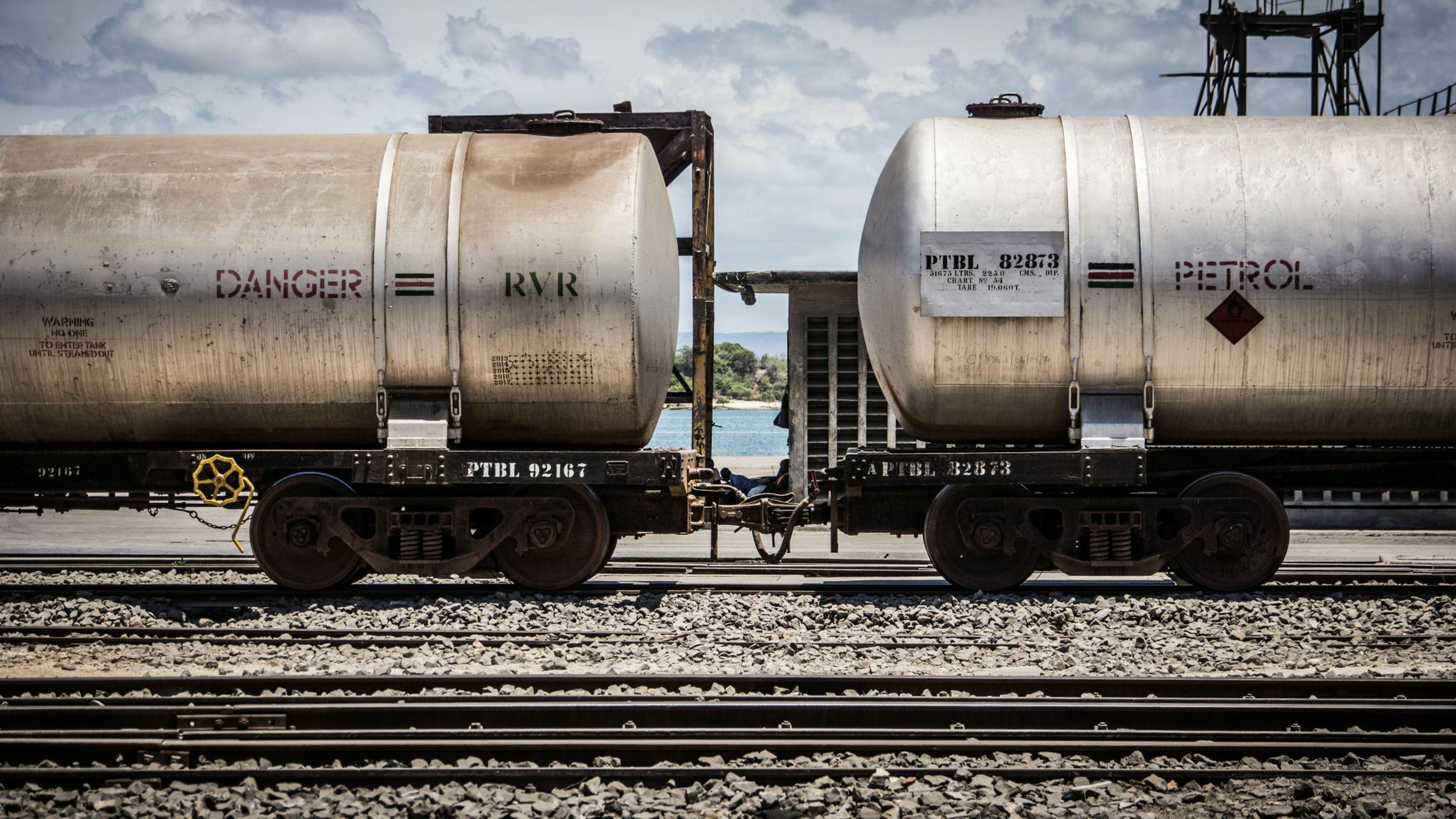
RVR does not make most of its money from passenger trains. Freight is where the money is. But with freight, it appears things are also not going according to plan. Juma Ali Tellah is chief executive of the Kenya Ships Agents Association. He told us distributors have lost faith in the railway’s ability to transport their containers.
“There are too many delays both in the port and during transportation,” he told us. “The skippers never know when their containers will reach destination. It’s not surprising that only a fraction of freight is transported by rail. When fully operational, RVR should be able handle at least 25%.”
The latest data we have seen, dated January 2015, suggests RVR transports just 7% of freight coming out of the port of Mombasa. The total volume of cargo transported by rail is still below 2010 levels when Qalaa took over the railway. In the 1980s – the glory days of East African rail freight, 4.8m tonnes was transported on the line, three times the amount transported in 2014.
End of the line?
Cargo traffic at the port of Mombasa is growing more than 10% each year, according to a range of indicators. Increasing transport capacity is a significant challenge and it is clear that there remains enormous potential for rail transport. “The roads are bad. There is more and more congestion and accidents happen frequently. Transport by rail is more important than ever,” said Talleh.
Rail also has the potential to be significantly cheaper than road transport, which could help lower some of the high costs faced by East African consumers.
However the RVR might not be on track to deliver that potential. For almost the entire train ride to Mombasa a freshly constructed railway embankment blocked our view over the Kenyan landscape from one side. Workers were busy constructing a new railway just meters away.
This new railway, built with Chinese money, will be a standard gauge, rather than the narrow gauge used by RVR. Standard gauge allows heavier locomotives and faster speeds.
During a tour in the port we were shown how the new railway embankment runs until the newest dock where containers can be loaded directly onto the trains. By the end of the year the section between Mombasa and Nairobi should be ready Talleh tells us:
“If the tariffs on the new railway are competitive, I don’t see who will continue to use RVR’s narrow railway. Transport will be faster and more reliable although competition may incentivise RVR to improve its tariffs and service”
In other words, the Chinese funded railway running parallel to the RVR will be far superior. So has the RVR been a giant waste of public money?
Even though it currently has a monopoly, RVR has struggled to make profits under Qalaa’s management. In 2014, the latest year we found figures, it reported losses of $1.5m. It is difficult to see how profits could improve when the new line opens up.
The IFC did not respond to questions about how it would see a return on the substantial investment of public funds when the new standard gauge railway starts to compete with RVR.
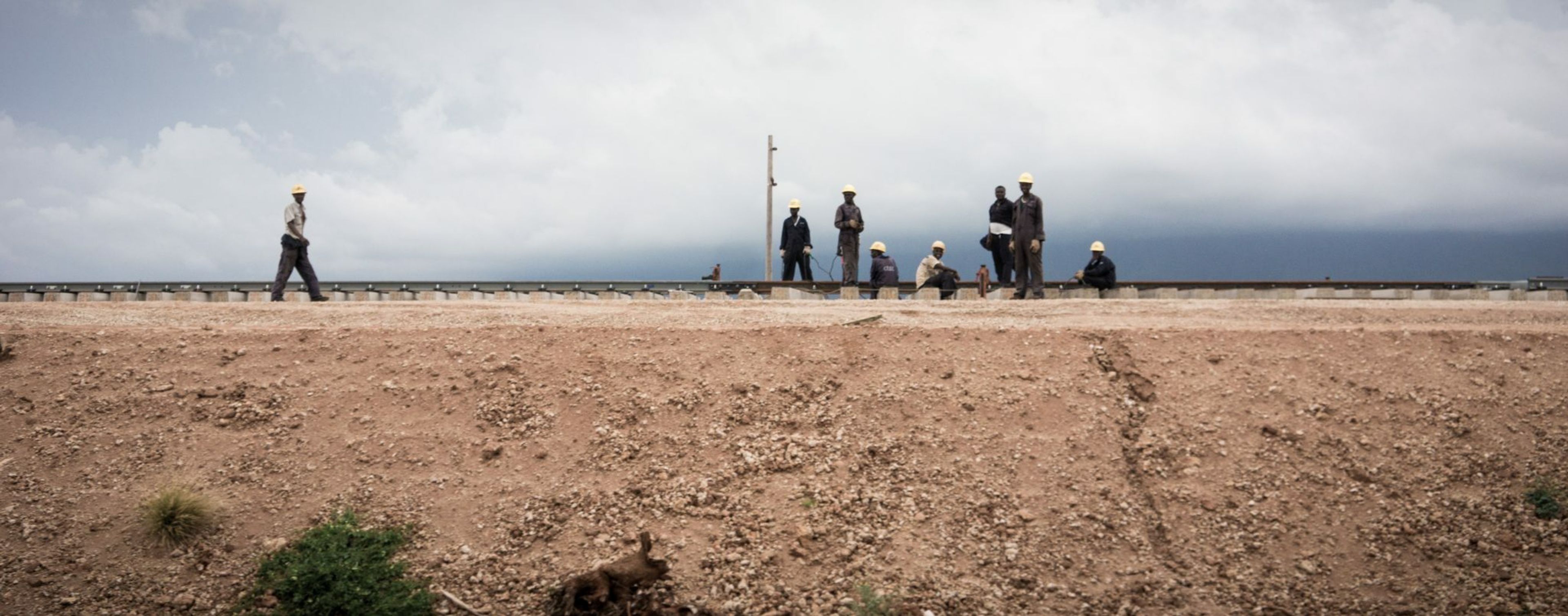
The new SGR as seen from the Rift Valley Railway
The Rift Valley Railway goes offshore
Although RVR has not seemingly made a profit, that does not mean Qalaa has not been able to take any money from RVR. Between 2012 and 2015, Qalaa collected $4.7m of “advisory fees” from Africa Railways limited, the investment vehicle in RVR that is registered in the British Virgin Islands.
We asked the IFC about these payments. It said it was “not aware of payments made through BVI companies that do not conform to our policies.”
However it did stress that regardless of the profitability of the line Kenya and Uganda was receiving a return. The spokesperson added:
“With concession fees set at 11.1% of revenue; this project attracted the highest concession fee structure in the African railway sector. These fees are paid regardless of RVR’s profitability status. Since the inception of the concession, fees in excess of $60m have been paid.”
Two years ago, Finance Uncovered investigated Qalaa. At the time we found the firm had paid a tiny amount of corporation tax. And despite getting hundreds of millions of dollars in funding from state-backed development banks most of its investments appear to be managed through offshore shell companies located in tax havens.
Rift Valley Railways is just one example of Qalaa’s offshore portfolio. We have established that RVR is not owned by Qalaa Holdings directly. Instead Qalaa holds 85% of RVR through a series of offshore shell companies in Mauritius and the British Virgin Islands. The remaining 15% is held by Bomi Holdings, an investment vehicle of Charles Mbire.
These corporate structures are not illegal. And as far as we could check RVR lives up to all its contractual obligations with respect to the Kenyan and Ugandan government. But that doesn’t mean this investment will fully benefit the development of Kenya and Uganda.
We have repeatedly asked Qalaa to answer questions concerning its locomotive investments, the quality of its train service and its ability to repay its lenders and backers. But it has not responded to our emails.
When asked to comment on why the World Bank Integrity Unit was reviewing the investment, a spokesperson for the World Bank issued the following statement:
“The World Bank Group is committed to managing fraud and corruption risks in all projects it finances. All allegations are assessed and investigated by the World Bank Integrity Vice Presidency (INT). All investigative findings will be then referred to the World Bank Sanctions system. As per INT’s disclosure policy, details of investigations are not disclosed to protect the integrity of the process and security of witnesses.”
Banking on development
Development campaigners argue that with development banks taking an increasing share of the decreasing international aid budget and investing it in major infrastructure projects managed by private equity firms like Qalaa, there is less aid money available for healthcare, education and human rights.
With development banks now focused on achieving strong returns, they increasingly “do business” with large financial institutions. This comes at a further cost says 11.11.11’s Jan Van de Poel.
“Development finance institutions fail to reach the most cash strapped local private sectors as they claim to do. Their investments are primarily beneficial to big financial players like Qalaa who get a stamp of approval with their money but their contribution to poverty reduction is not always clear.”
Van de Poel argues there is a role for development banks. But they need to rid themselves of a requirement to seek rates of return which in the case of BIO is set at 5%.
“They should get their priorities straight. What prevents them from investing more in development-oriented funds targeting local SME’s in rural or marginal areas is their focus on financial returns. Development banks should focus more in ‘slow financing’ going for social returns in stead of financial returns”
In fact, such a path does not necessarily mean less profits for DFIs. In the case of the Belgium Investment Company for Developing Countries (BIO), despite its 5% target of rate of return, it has only managed to generate an average return of 1.1%.
Sharing a taxi to Mombasa after our testing rail journey with Jane and Sean, a honeymoon couple, they ruefully reflected on their Rift Valley Railway experience. “We thought a train ride would be a nice experience but we clearly were wrong”, Jane smiled weakly. “It’s something you try once and never again.” International financial institutions may well be feeling the same having poured $144m into the Lunatic Express.
This article was produced by the award winning Kenyan investigative journalist Patrick Mayoyo and Finance Uncovered, a network of investigative journalists from over 60 countries. The article was developed with the support of Journalismfund.eu (http://www.journalismfund.eu)